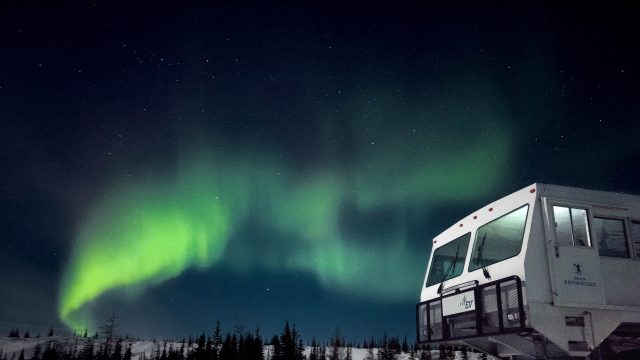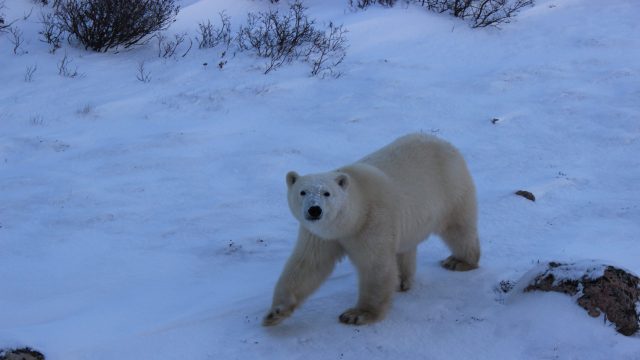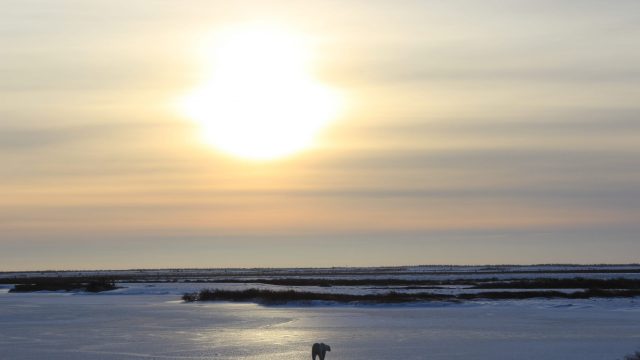Articles found in: Manitoba

Eight Immersive Travel Experiences in Manitoba
Published on June 14, 2023
Eight Immersive Travel Experiences in Manitoba By: Melanie Swenarchuk The province of Manitoba, nestled in the heart of Canada, offers visitors a chance to embark on extraordinary eco-friendly tours, discover captivating Indigenous attractions, and indulge in immersive cultural experiences. With its untouched natural landscapes and commitment to sustainability, Manitoba beckons travelers seeking genuine adventure and […]
Keep reading
10 surprising things you can do in Manitoba
Published on October 3, 2022
10 surprising things you can do in Manitoba Discover hidden gems in the middle of Canada. Manitoba has rich cultural roots, breathtaking landscapes, world-class museums and opportunities for incredible encounters with polar bears, bison and northern lights. Read on for 10 amazing adventures in the province where Canada’s heart beats. Go on an arctic safari […]
Keep readingExplore Manitoba with Tauck
Published on January 28, 2015
Churchill, Manitoba is known as the “polar bear capital of the world” where adventurous travelers can get up close and personal with these majestic beasts as they migrate to the Hudson Bay in search of food for the winter ahead. From Winnipeg to Churchill, explore Manitoba alongside travel expert, video journalist and contributor to Tripfilms.com […]
Keep readingMy Week as an Arctic Explorer
Published on December 22, 2014
by Kelley Ferro Rarely do you set out on a trip and truly feel like an explorer, but I felt like a modern day Magellan when I embarked on my Polar Bear Adventure in Manitoba. This aptly named small group journey with Tauck was indeed the quintessential adventure. Our frontier was Churchill and our prize was […]
Keep reading
An Experience in the Polar Bear Capitol of the World
Published on December 15, 2014
by an AFAR Ambassador I arrived to Manitoba, Canada, for my polar bear expedition with Tauck, and within my first thirty minutes at the Inn at the Forks in Winnipeg, I knew that I was not only in another country: I had entered another world. Words like Inuit, mushing, ptarmigan, grouse, dainty and Inukshuk were […]
Keep reading
Touring Manitoba with Tauck
Published on December 8, 2014
by an AFAR Ambassador I had never heard of Churchill, Canada. I must have somehow glossed over my northern neighbor’s most central province in my junior high World Geography class, as well as on the wall-sized map that hangs over my camel colored sofa in my New York City apartment. Although I had only been […]
Keep reading
